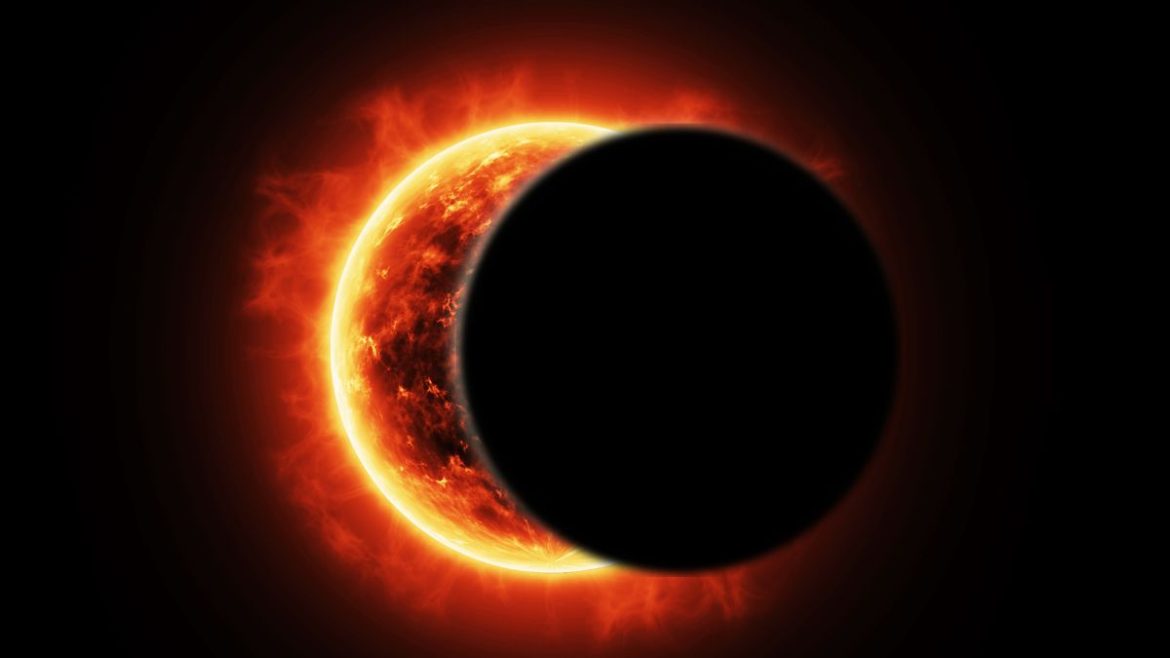Witnessing the Fiery Halo: Locations and Times
On October 14th, Costa Rica will be treated to a magnificent annular solar eclipse between 10 a.m. and 2 p.m. Yet, only in select regions will the Sun transform into a breathtaking ring of fire, and that too for fleeting moments.
An annular solar eclipse unfolds when the moon comes between Earth and the Sun but doesn’t quite cover it entirely. This phenomenon results in a dark disk being cast over the star, creating the mesmerizing fiery ring effect.
Exclusive Viewing Spots and Duration
While most of Costa Rica will witness a partial eclipse, the climactic moment when the moon partially covers the sun will be distinctly visible from specific spots. Alejandra León-Castellá, director of the Cientec Foundation, elaborated on these areas.
Those lucky enough to be on the Caribbean side during this celestial event will be precisely in the “annularity strip” of the eclipse, granting them an unobstructed view of the moon passing over the solar disc.
Before the full ring of fire phase, the eclipse will remain partial, reaching its visual peak in five distinct areas, all located by the sea, in two counties of the Limón province. These select spots will provide a front-row seat to the eclipse’s dramatic annularity.
However, it’s essential not to confuse this with a total eclipse, where the moon entirely obscures the Sun, making it seem like night during the day.
Safety First: Guarding Your Gaze
León-Castellá emphasized the critical importance of eye safety during this celestial event. As the Sun won’t be entirely eclipsed, it’s vital not to stare at it directly, irrespective of one’s location.
She advised that even when using certified solar filters, one should glance at the eclipse for no more than five seconds at a stretch and then rest the eyes for at least 20 seconds. The dimming ambiance, combined with the use of filters, causes the iris to dilate more, allowing more light (and radiation) to penetrate the retinas. Hence, taking breaks is essential.

